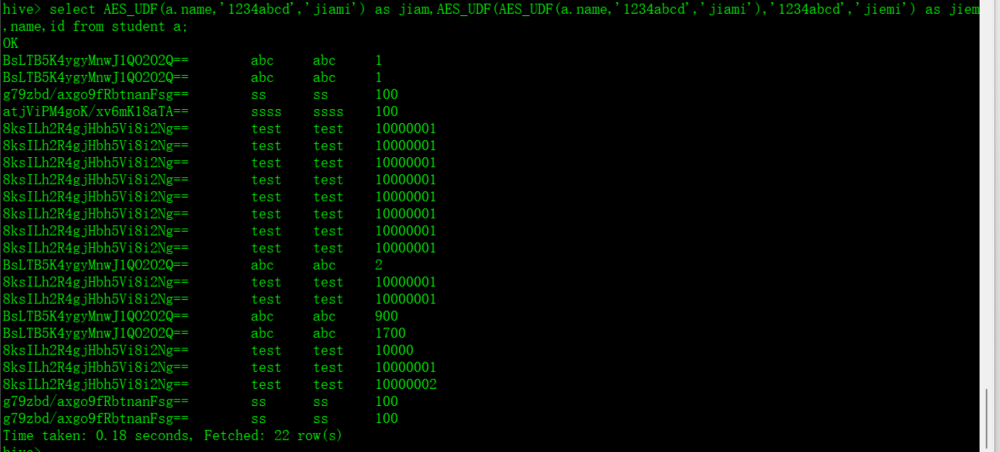Scroller

VelocityTracker
VelocityTracker 是一个速度跟踪器,通过用户操作时(通常在 View 的 onTouchEvent 方法中)传进去一系列的 Event,该类就可以计算出用户手指滑动的速度,开发者可以方便地获取这些参数去做其他事情。或者手指滑动超过一定速度并松手,就触发翻页。
CustomViewPager
package com.flannery.androidtools.widgets;
import android.content.Context;
import android.graphics.Color;
import android.util.AttributeSet;
import android.util.Log;
import android.view.MotionEvent;
import android.view.VelocityTracker;
import android.view.View;
import android.view.ViewGroup;
import android.widget.LinearLayout;
import android.widget.Scroller;
/**
* VelocityTracker is a concept commonly used in computer graphics, physics simulations, and user interface frameworks to calculate the velocity of an object or pointer based on its position over time. It's particularly useful for creating responsive and realistic interactions in applications like games or touch-based user interfaces.
* In the context of Android development, VelocityTracker refers to a class provided by the Android framework. It's used to track the velocity of motion events, such as touch events, on the screen. This can be useful for implementing various gestures and animations that require knowledge of how quickly a user is moving their finger across the screen.
* Here's a basic overview of how VelocityTracker works in Android:
* Initialization: To use VelocityTracker, you need to create an instance of it and associate it with a specific motion event, typically the ACTION_MOVE events in the case of touch gestures.
* Tracking: As the user interacts with the screen, you feed the VelocityTracker instance with the motion events, which contain the current position of the pointer. The VelocityTracker class calculates the velocity based on the change in position over time.
* Velocity Retrieval: After you've collected enough motion events, you can retrieve the calculated velocity using the computeCurrentVelocity(int units) method. The units parameter allows you to specify the desired units for the velocity, such as pixels per second.
*
* https://www.nhooo.com/note/qadf7m.html
*/
public class CustomViewPager extends ViewGroup {
private static final String TAG = CustomViewPager.class.getSimpleName();
private int screenWidth;
private int screenHeight;
private int lastMoveX = 0;
private Scroller scroller; // 滚动计算器
private VelocityTracker velocityTracker; // 速度跟踪器
private int MAX_VELOCITY = 600;
private int curScreen = 0;
public CustomViewPager(Context context) {
super(context);
init(context);
}
public CustomViewPager(Context context, AttributeSet attrs) {
super(context, attrs);
init(context);
}
public CustomViewPager(Context context, AttributeSet attrs, int defStyleAttr) {
super(context, attrs, defStyleAttr);
init(context);
}
private void init(Context context) {
scroller = new Scroller(context); // 初始化滚动计算器
// 添加三个View
LinearLayout layout1 = new LinearLayout(context);
layout1.setBackgroundColor(Color.RED);
addView(layout1);
LinearLayout layout2 = new LinearLayout(context);
layout2.setBackgroundColor(Color.GREEN);
addView(layout2);
LinearLayout layout3 = new LinearLayout(context);
layout3.setBackgroundColor(Color.BLUE);
addView(layout3);
}
@Override
public boolean onTouchEvent(MotionEvent event) {
Log.i(TAG, "onTouchEvent: onTouchEvent=" + event);
if (velocityTracker == null) {
velocityTracker = VelocityTracker.obtain(); // 初始化滚动速度跟踪器
}
velocityTracker.addMovement(event);
int x = (int) event.getX();
switch (event.getAction()) {
case MotionEvent.ACTION_DOWN:
lastMoveX = x; // 记录下按下的点
break;
case MotionEvent.ACTION_MOVE:
int dis = lastMoveX - x; // 移动的偏移量
Log.i(TAG, "onTouchEvent: dis=" + dis);
scrollBy(dis, 0); // 位置滚动
lastMoveX = x;
break;
case MotionEvent.ACTION_UP:
velocityTracker.computeCurrentVelocity(1000); // 计算需要的位置
int velocityX = (int) velocityTracker.getXVelocity(); // X轴上的速度
if (velocityX > MAX_VELOCITY && curScreen > 0) {
jump2Screen(curScreen - 1);
} else if (velocityX < -MAX_VELOCITY && curScreen < getChildCount() - 1) {
jump2Screen(curScreen + 1);
} else {
int screen = (getScrollX() + screenWidth / 2) / screenWidth;
jump2Screen(screen);
}
if (velocityTracker != null) {
velocityTracker.recycle();
velocityTracker = null;
}
break;
}
return true;
}
public void jump2Screen(int screen) {
curScreen = screen;
if (curScreen < 0) {
curScreen = 0;
}
if (curScreen > getChildCount() - 1) {
curScreen = getChildCount() - 1;
}
int dis = curScreen * screenWidth - getScrollX();
scroller.startScroll(getScrollX(), 0, dis, 0); // 开始滚动
invalidate();
}
@Override
public void computeScroll() {
super.computeScroll();
if (scroller.computeScrollOffset()) { // 是否处于偏移量的位置
scrollTo(scroller.getCurrX(), 0); // 滚动到指定的位置
postInvalidate(); // 继续滚动
}
}
@Override
protected void onMeasure(int widthMeasureSpec, int heightMeasureSpec) {
super.onMeasure(widthMeasureSpec, heightMeasureSpec);
screenWidth = MeasureSpec.getSize(widthMeasureSpec);
screenHeight = MeasureSpec.getSize(heightMeasureSpec);
setMeasuredDimension(screenWidth, screenHeight);
// 给子View设置大小
for (int i = 0; i < getChildCount(); i++) {
View view = getChildAt(i);
view.measure(screenWidth, screenHeight);
}
}
@Override
protected void onLayout(boolean changed, int l, int t, int r, int b) {
int leftWidth = 0;
// 给子View排班
for (int i = 0; i < getChildCount(); i++) {
View view = getChildAt(i);
view.layout(leftWidth, 0, leftWidth + screenWidth, screenHeight);
leftWidth = leftWidth + screenWidth;
}
}
}
资料
Android scrollTo、scrollBy、以及scroller详解
Android Scroller详解
Android自定义ViewPager实例
Android View 的滚动原理和 Scroller、VelocityTracker 类的使用文章来源:https://www.toymoban.com/news/detail-683651.html
 文章来源地址https://www.toymoban.com/news/detail-683651.html
文章来源地址https://www.toymoban.com/news/detail-683651.html
到了这里,关于Android scrollTo、scrollBy、以及scroller详解 自定义ViewPager的文章就介绍完了。如果您还想了解更多内容,请在右上角搜索TOY模板网以前的文章或继续浏览下面的相关文章,希望大家以后多多支持TOY模板网!











